2018-12-07
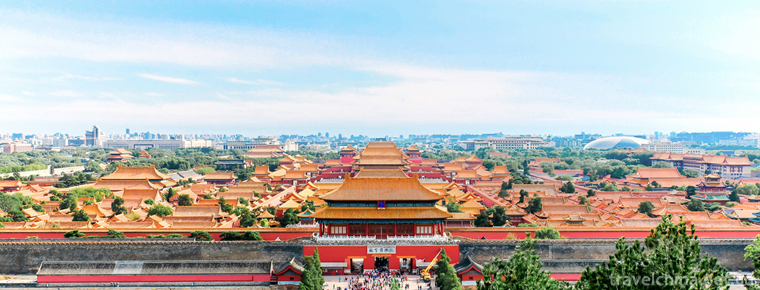
- By ChinaWiki.net
- Chinese Edition
- 2019-02-26
The Palace Museum in Beijing was the imperial palace of the Ming and Qing Dynasties, formerly known as the Forbidden City, located in the center of the central axis of Beijing, is the essence of ancient Chinese Palace architecture. The Palace Museum in Beijing is centered on three main halls, covering an area of 720,000 square meters, with a construction area of about 150,000 square meters. There are more than 70 palaces of different sizes and more than 9,000 houses. It is one of the largest and most well preserved wooden structures in the world.
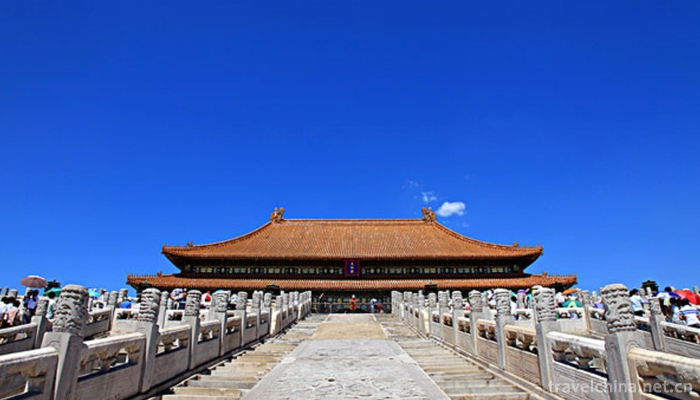
The Palace Museum in Beijing began construction in the fourth year of Yongle (1406), with the Nanjing Palace Museum as the blueprint, and was completed in the eighteenth year of Yongle (1420). It is a rectangular city, 961 meters long in North and south, 753 meters wide in East and west, surrounded by 10 meters high walls, outside the city has a 52 meters wide moat. The buildings in the Forbidden City are divided into two parts: the outer court and the inner court. The center of the foreign dynasties is Taihe Hall, Zhonghe Hall, Baohe Hall, collectively known as the three halls, is the place where the state held major ceremonies. The center of the palace is Qianqing Palace, Jiaotai Palace, Kunning Palace, collectively known as the Hou San Palace, is the main palace where the emperor and empress lived.
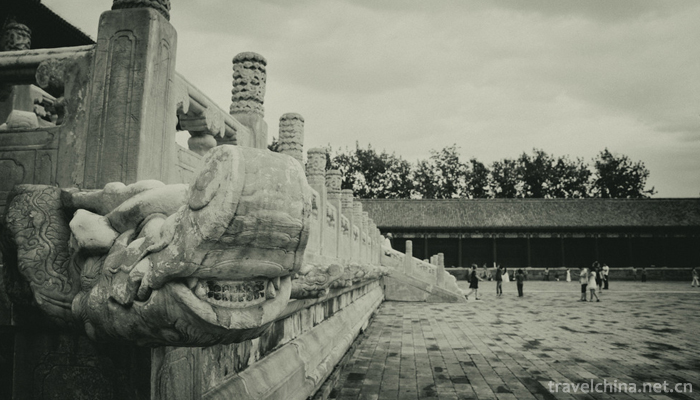
Beijing Palace Museum is known as the world's top five palaces (Beijing Palace, Versailles Palace, France, Buckingham Palace, the United States White House, the Kremlin Palace in Russia), is the national AAAAAAA class tourist attractions, 1961 was listed as the first national key cultural heritage protection units, 1987 was listed as a world cultural heritage.
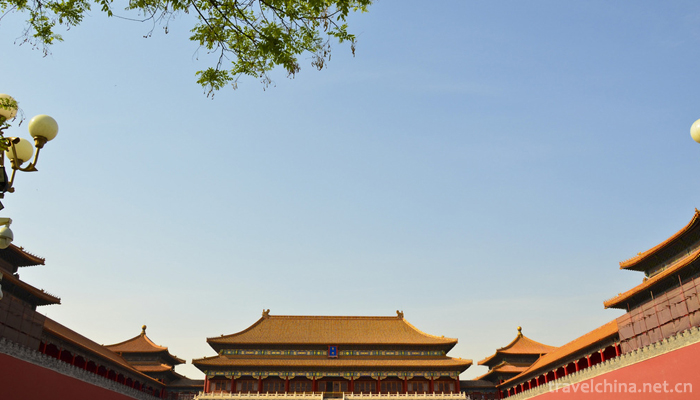
From January 2012 to June 2018, the Imperial Palace received 100 million visitors. From 2019, the the Imperial Palace will try to sell tickets in different periods. In September 3, 2018, the Yangxin Hall of the Imperial Palace officially entered the implementation stage of the research and protection of ancient buildings.
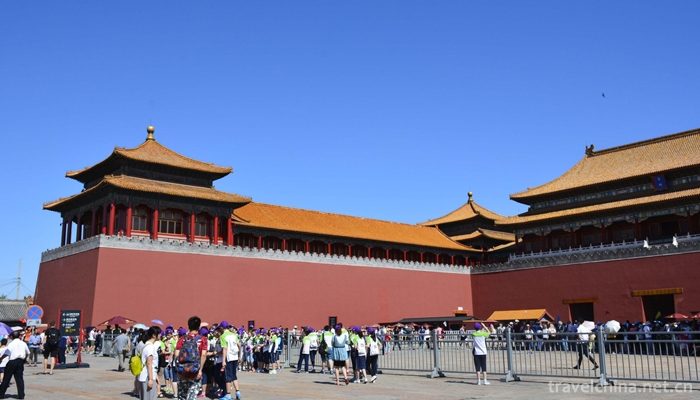
More pic
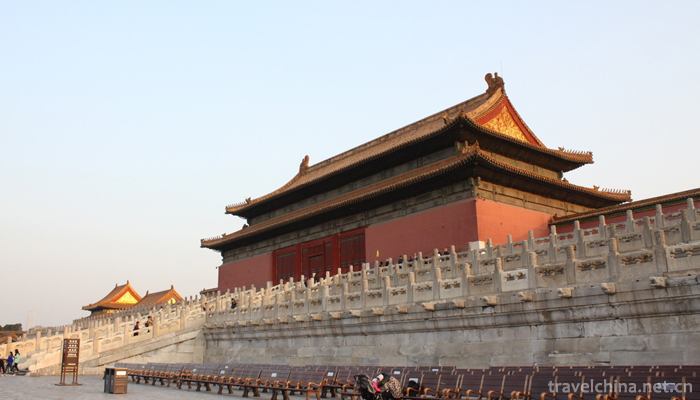
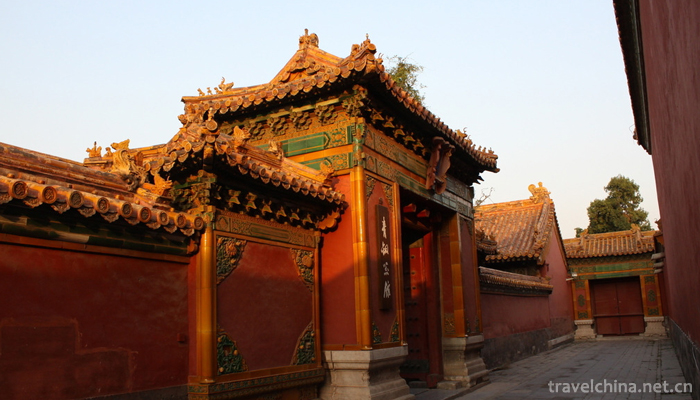
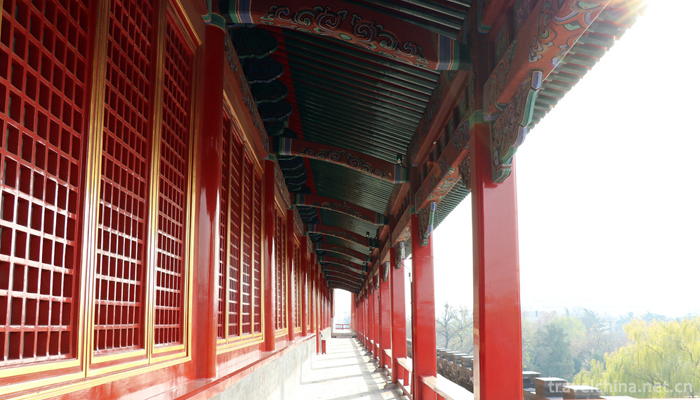
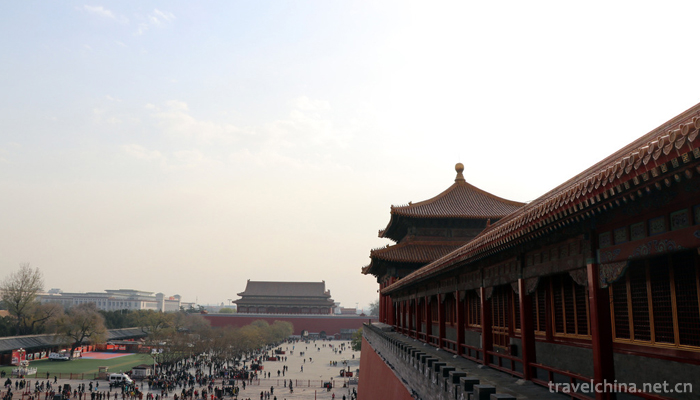
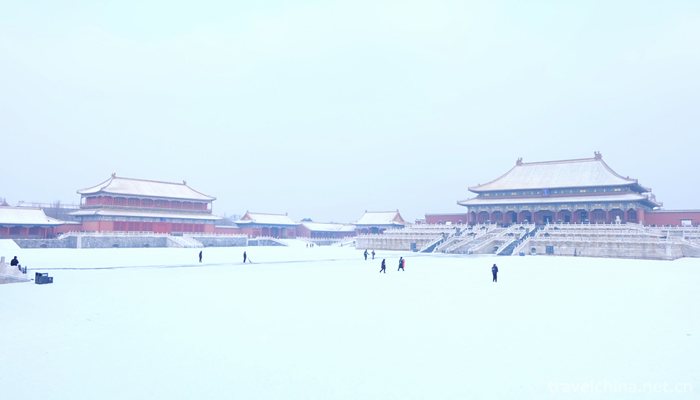
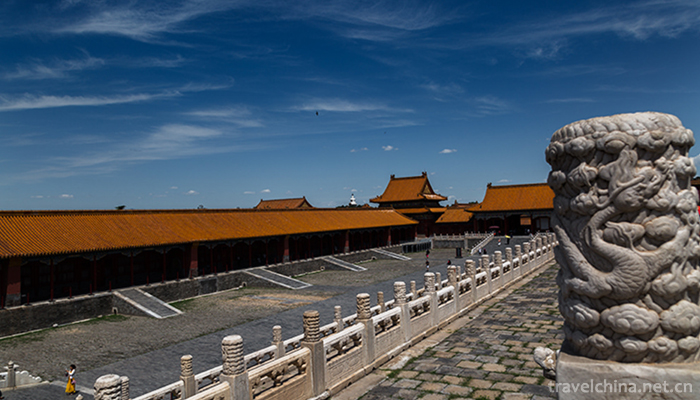
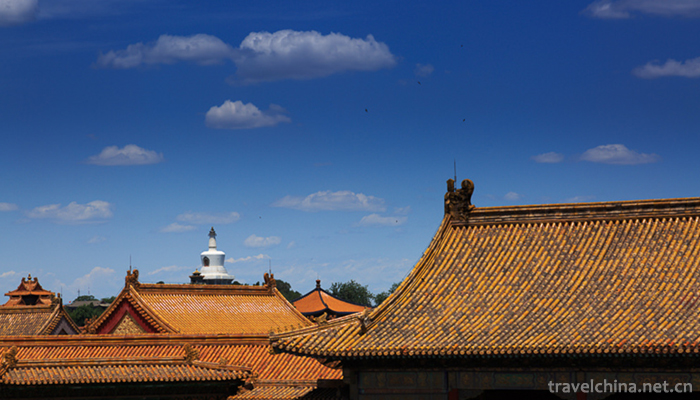
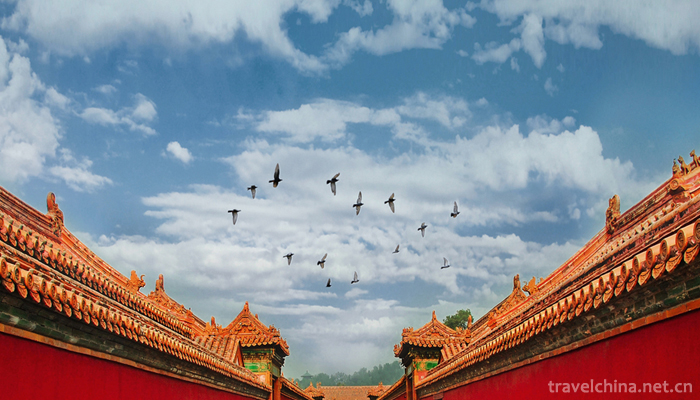
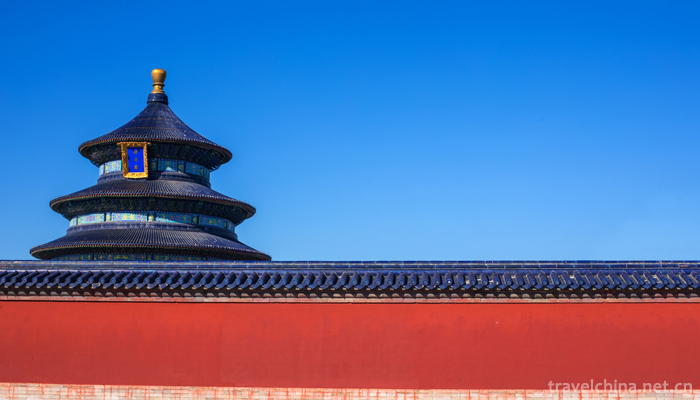
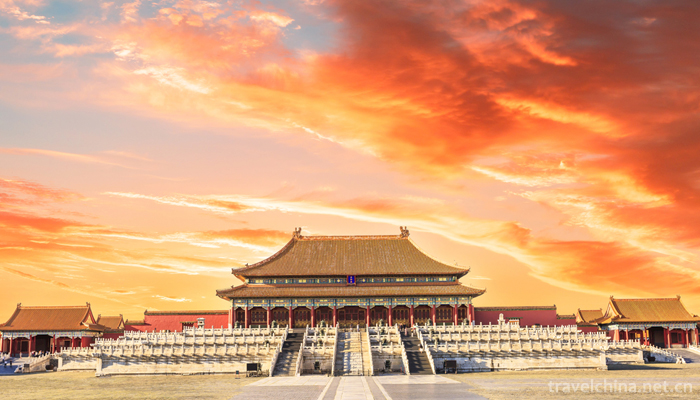
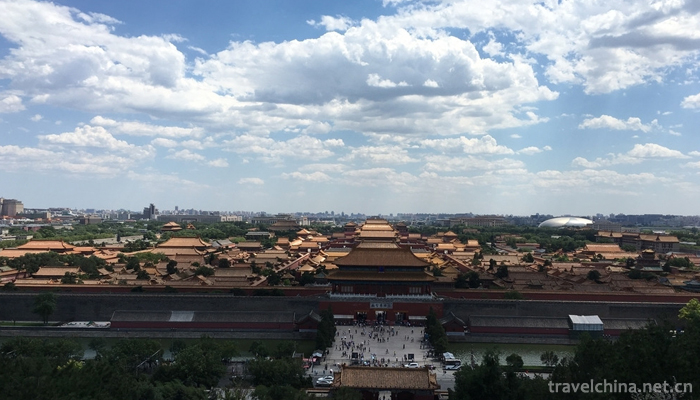
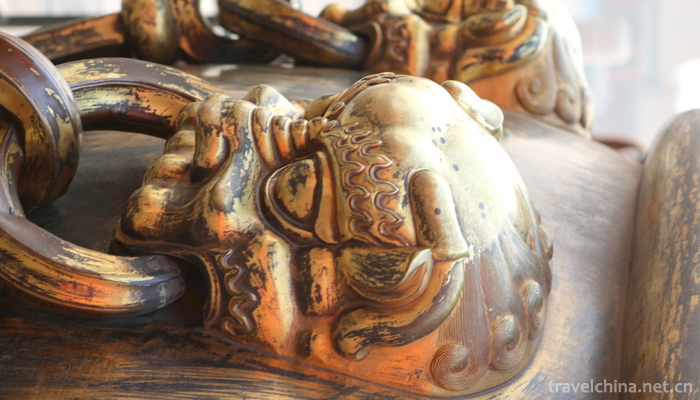
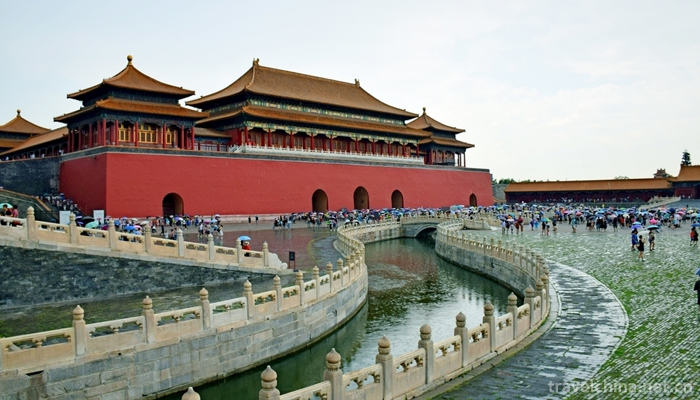
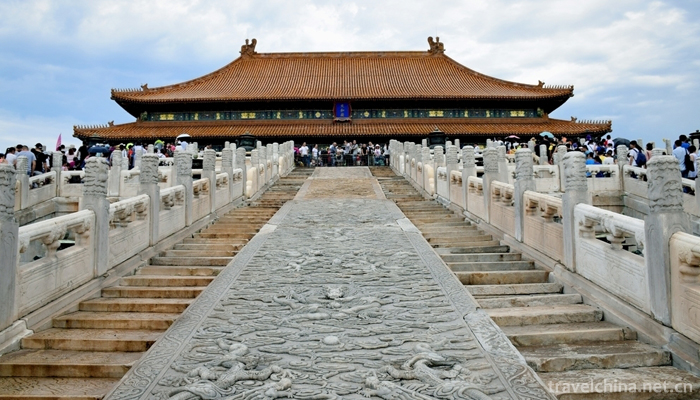

Ask a Question
Your email address will not be published.
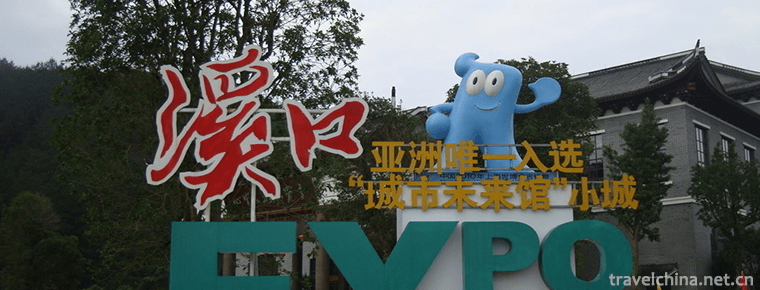
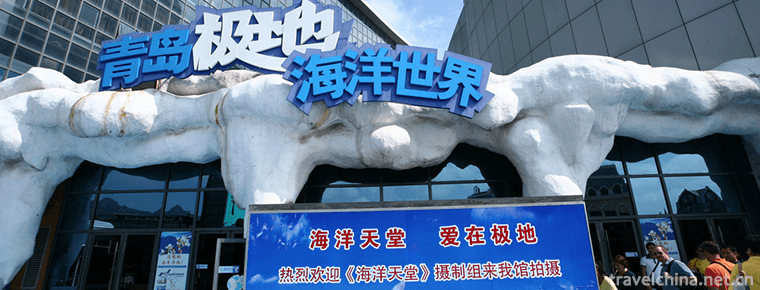

0 Questions